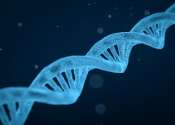Artificially produced cells communicate with each other
Friedrich Simmel and Aurore Dupin, researchers at the Technical University of Munich (TUM), have for the first time created artificial cell assemblies that can communicate with each other. The cells, separated by fatty membranes, ...









